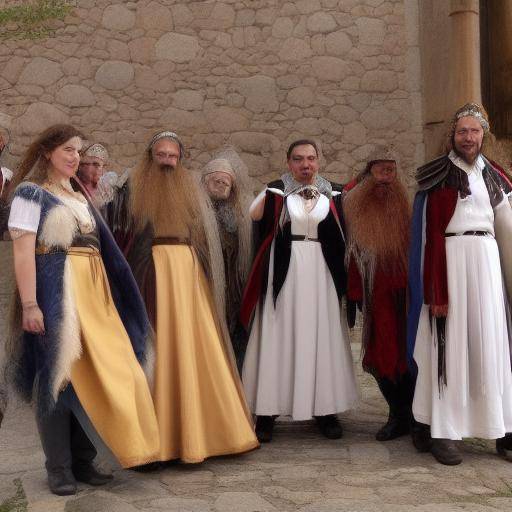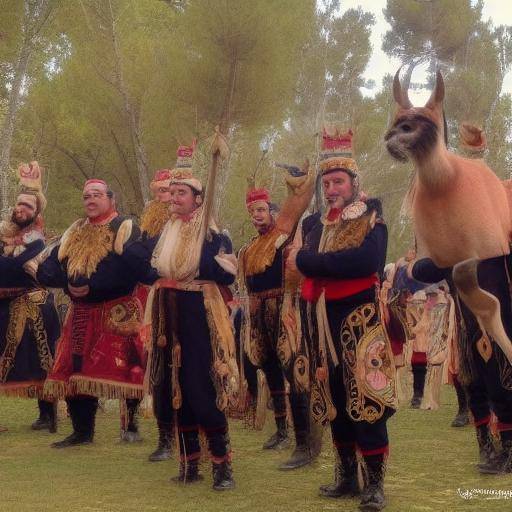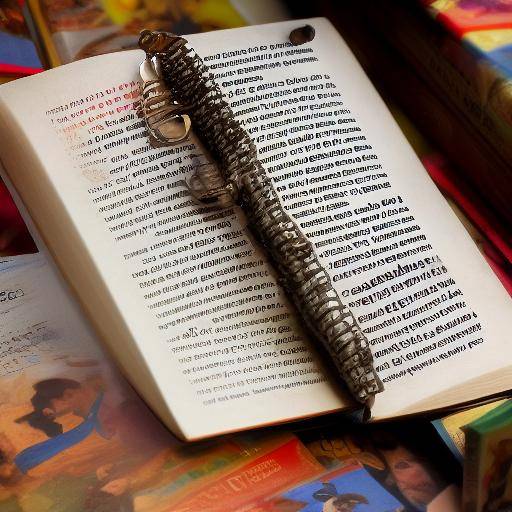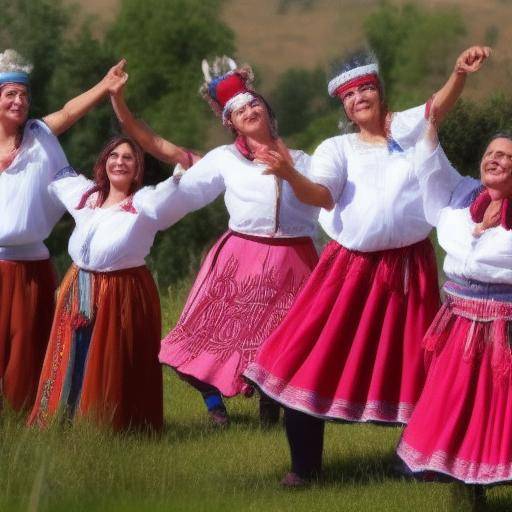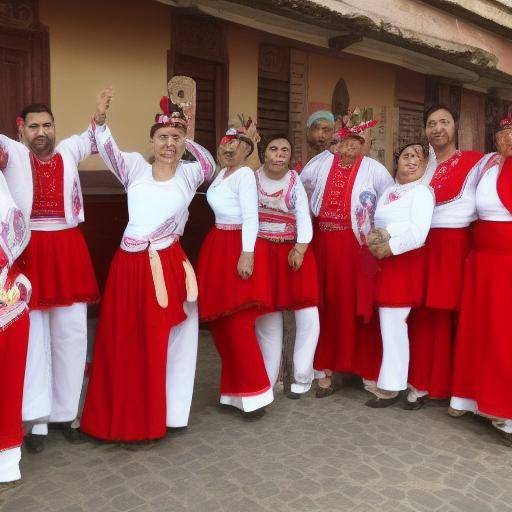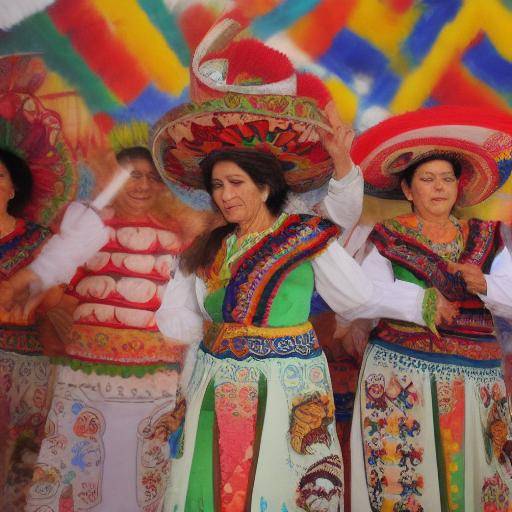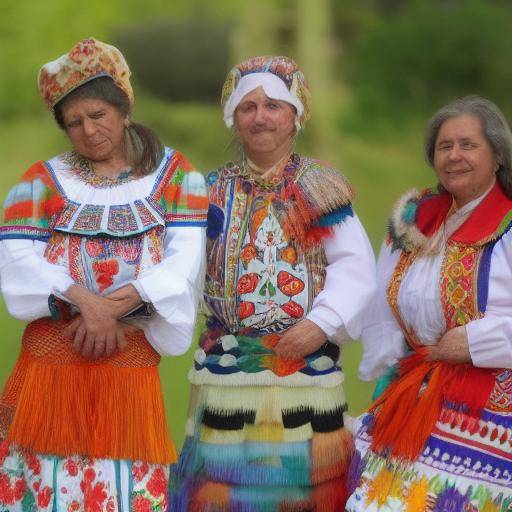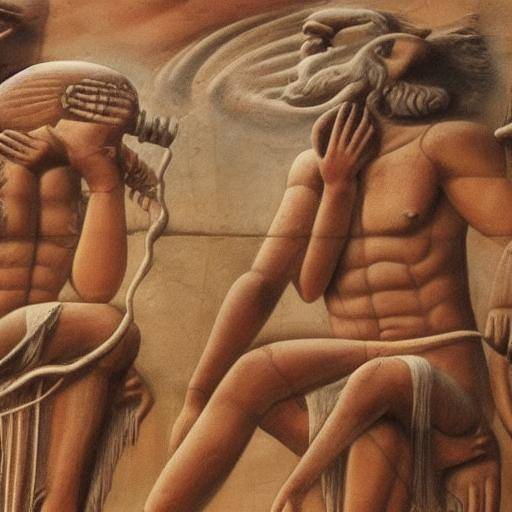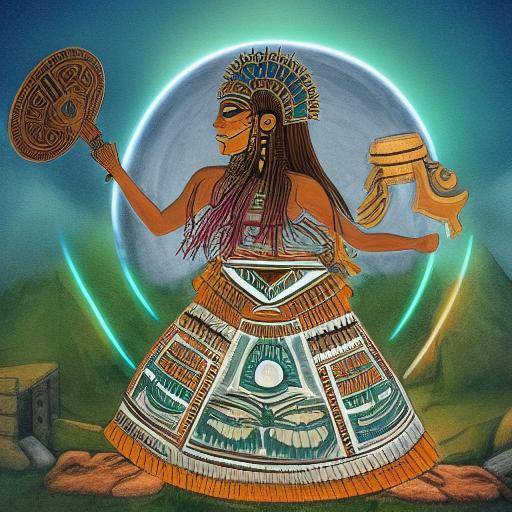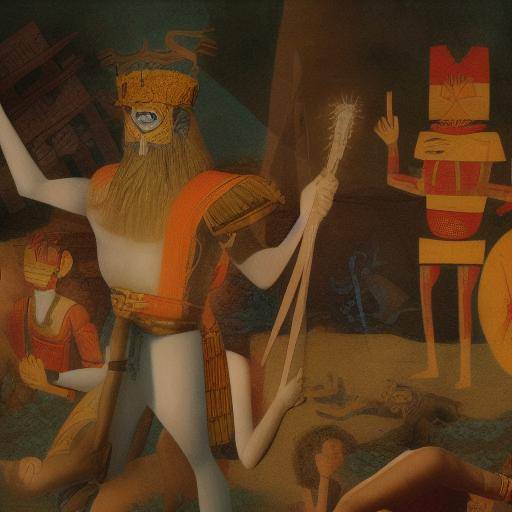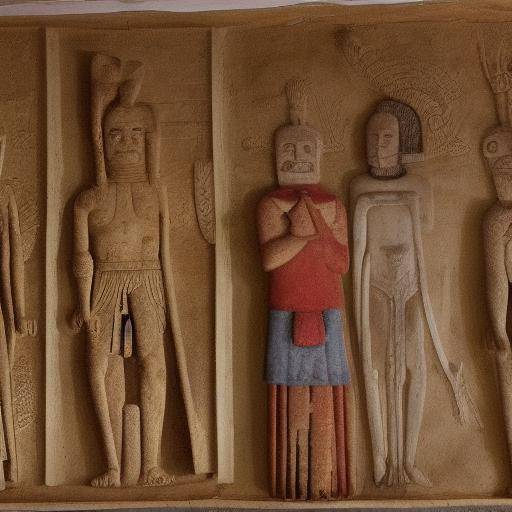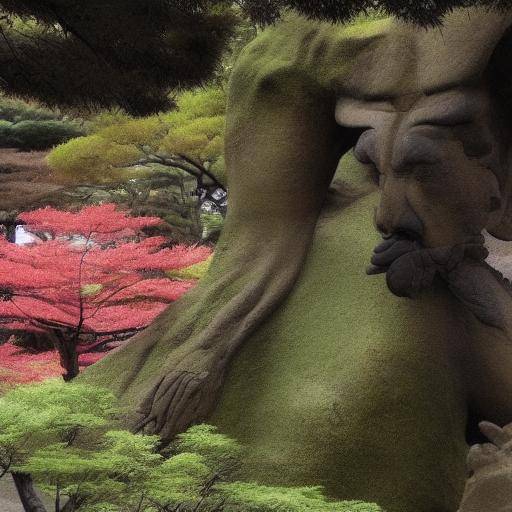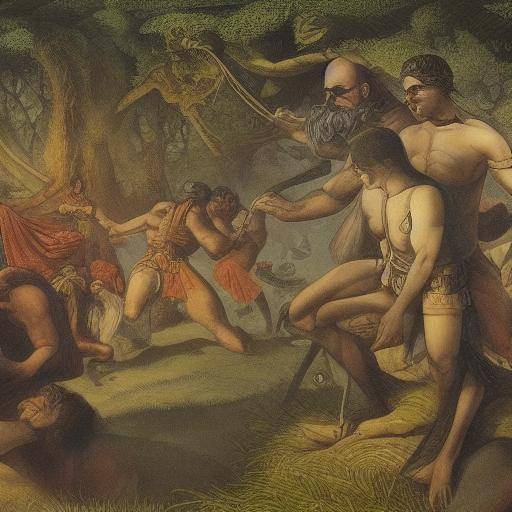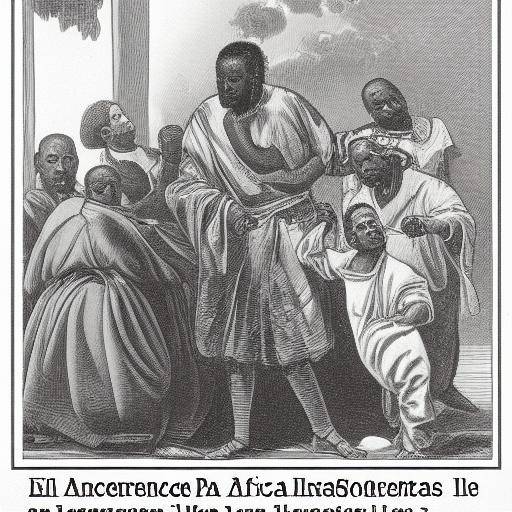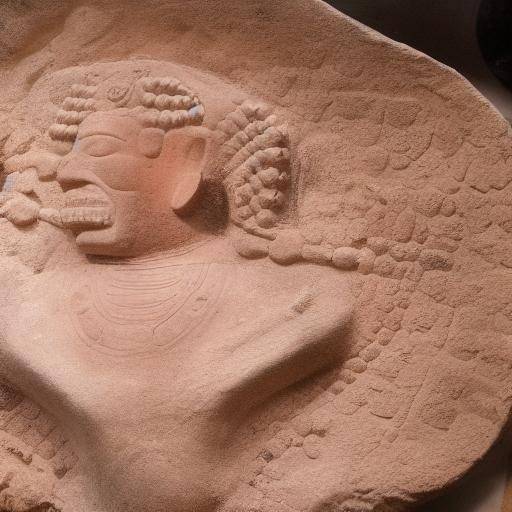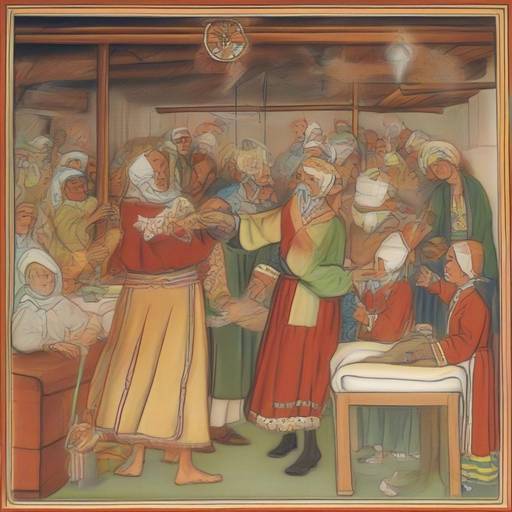
Traditional medicine and popular beliefs have played a fundamental role in Scandinavian cultures throughout history. From ancient healing rituals to practices rooted in folklore, these traditions have endured and continue to exert influence on contemporary society. In this article, we will explore in detail the fascinating world of folklore and beliefs in traditional Scandinavian medicine, analyzing its origins, applications today and future prospects.
Introduction
The cultural heritage of Scandinavian countries, composed of Norway, Sweden, Finland, Denmark and Iceland, is rich in traditions rooted in nature, mythology and popular beliefs. The traditional Scandinavian medicine has been intrinsically linked to this cultural background, influenced by the ancient healing practices of rural communities and the spiritual connection with nature.
In this article, we will immerse ourselves in a journey through time to discover the evolution and importance of folklore and beliefs in traditional Scandinavian medicine. From ancient shamanic rituals to modern holistic practices, we will explore how these traditions continue to impact health and well-being in the Scandinavian region and beyond.
History and background
The traditional Scandinavian medicine has its roots in the ancient healing practices of the Nordic tribes, which attached great importance to the connection between human beings and nature. From the use of medicinal herbs to divination and protection practices, these traditions reflected the close relationship of Scandinavians with their natural environment.
Origins and evolution
The beliefs in traditional Scandinavian medicine date back to the Viking era, where healers and shamans played a crucial role in the community, using natural and ritual methods to heal diseases and protect people from evil influences. Over time, these practices were intertwined with the growing influence of Christianity and academic medicine, leading to evolution in healing beliefs and practices.
Significant milestones and developments
During the Middle Ages, the influence of European academic medicine began to integrate into Scandinavian healing practices, marking a turning point in the evolution of traditional medicine. Despite this, the beliefs rooted in folklore and the connection with nature continued to play an important role in popular culture and healing practices.
Anecdotes and case studies
A notable example of the influence of folklore in traditional Scandinavian medicine is the tradition of "völur" in Nordic mythology, wise women who possessed knowledge of medicinal herbs and practiced divination. These legendary figures represent the integration of pagan beliefs and healing practices in Scandinavian culture.
In-depth analysis
The beliefs in traditional Scandinavian medicine remain relevant in contemporary society, where they coexist with conventional medicine. While facing challenges and criticism, these traditions also offer significant benefits and give light on the interconnection between health, nature and spirituality.
Benefits and challenges
Scandinavian traditional medicine practices, based on ancestral wisdom and closeness with nature, offer a holistic perspective of health that can complement conventional approaches. However, the lack of regulation and solid scientific evidence represents a challenge in integrating these practices into the modern health system.
Actual statistics and examples
According to recent statistics, a significant number of people in Scandinavian countries resort to traditional medicine to address chronic conditions and improve their overall well-being. Cases of individuals who have experienced improvements in their health through treatments based on traditional Scandinavian medicine provide concrete examples of the positive impact of these practices on real life.
Analysis of different perspectives
Opinions regarding traditional Scandinavian medicine vary widely, from passionate defenders to skeptical critics. While some advocate their integration into the conventional health system, others question their effectiveness and safety. Examine these contrasting perspectives allows us to understand the complexity of this topic and its influence in today's society.
Comprehensive review
The applicability of traditional Scandinavian medicine extends to various areas, including disease prevention, treatment of emotional imbalances and promotion of general well-being. Exploring case studies in different contexts and sharing best practices highlights the diversity and wealth of these healing traditions.
Applications and best practices
Currently, therapies based on traditional Scandinavian medicine are used in areas ranging from complementary medicine to the promotion of mental health. The holistic approach to these practices offers new perspectives to address contemporary health challenges, such as stress and exhaustion.
Expert opinions and future perspectives
Scandinavian traditional medicine experts provide valuable insights into their future effectiveness, security and potential. Their informed opinions on the role of these practices in the health landscape help us understand their relevance and anticipate their evolution in the future.
Comparative analysis
Traditional Scandinavian medicine is distinguished by its unique connection with folklore and beliefs rooted in Nordic culture. To compare these traditions with other forms of traditional medicine and folklore reveals similarities, differences and possible synergies that enrich our understanding of the diversity of healing approaches in the world.
Practical advice and useful recommendations
For those interested in exploring traditional Scandinavian medicine, practical advice and useful recommendations based on traditional practices and popular wisdom are presented here. These tips provide guidance for those who wish to integrate elements of traditional Scandinavian medicine into their personal care and well-being approach.
Conclusions and FAQs (FAQs)
In short, folklore and beliefs in traditional Scandinavian medicine represent an essential part of the cultural legacy and the cosmovision of Scandinavian peoples. Its impact on health, spirituality and the connection with nature remains relevant in contemporary society, providing valuable insights on the interaction between medicine, culture and the natural environment.
Frequently asked questions (FAQs)
1. What are some of the medicinal herbs most used in traditional Scandinavian medicine?
Herbals such as manzanilla, saúco and valerian are widely used in traditional Scandinavian medicine for their healing properties and health benefits.
2. How do popular beliefs and folklore integrate into traditional Scandinavian medicine treatments?
Popular beliefs and folklore are often integrated in the form of rituals, protective practices and symbolic use of natural elements in traditional Scandinavian treatments.
3. Is there solid scientific evidence to support the effectiveness of traditional Scandinavian medicine?
While the scientific evidence on traditional Scandinavian medicine remains limited compared to conventional medicine, studies have been conducted that support certain therapeutic benefits of some traditional practices.
4. How has Scandinavian traditional medicine evolved in the context of modern medical care?
The integration of traditional Scandinavian medicine into modern medical care poses challenges and opportunities, generating debates on the combination of traditional and conventional healing approaches.
5. What role do traditional Scandinavian medicine curators and practitioners play in today's society?
Curators and practitioners of traditional Scandinavian medicine continue to play an important role in the community, providing holistic care, advice and perspectives on health and well-being.
6. What are the emerging trends in the application of Scandinavian traditional medicine in the field of health?
Emerging trends include greater acceptance of holistic approaches, the incorporation of traditional practices in formal medical environments and the recognition of ancestral wisdom in health care.
With this detailed information on traditional Scandinavian medicine in relation to folklore and popular beliefs, readers will have a deeper understanding of this exciting issue and its impact on contemporary society.



